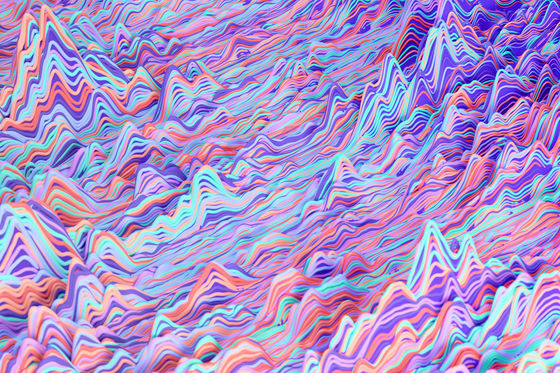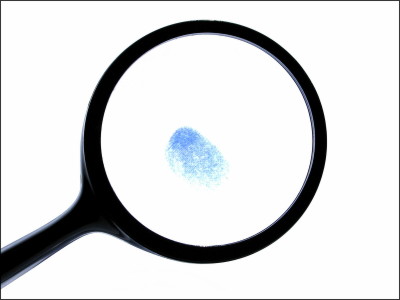AI participates in the battle over the authenticity of paintings, what is the current situation and challenges?

Artificial intelligence (AI) is making its mark on the art world, extending its influence even into finicky fields like
AI meets Old Masters in the fight to authenticate paintings
https://www.ft.com/content/101f6fde-0817-4fc6-9fe8-2b8d4b0f2c65

Art Recognition, founded in 2019, is a company that provides an AI system that can perform 'accurate and objective authentication of paintings.' The company has conducted more than 500 authentications to date, and has verified works of art whose authenticity has been controversial, such as Vincent van Gogh's self-portrait housed in the Oslo National Museum. There is a track record.
Authenticity appraisal determines whether a work is genuine or fake, which helps determine the value of the work and supports scholarship in the field of art. The painting ``Adoration of the Royal Family'', which was thought to have been created in Rembrandt Halmentsohn van Rijn 's workshop, was sold at auction in 2021 for 860,000 euros (approximately 140 million yen), but the painting was later sold by the artist himself. As it turned out to be a painting by the artist, it was sold at an auction in 2023 for 10.9 million pounds (about 2.07 billion yen).
According to Art Recognition CEO Karina Popovic, the company is also used by wealth management services and legal professionals. He also said, ``Various people in the art industry are watching the development of AI in the art field with great interest.''
Art Recognition - Shaping tomorrow's Art Authentication with AI

Joe Lawson-Tancred, author of the book `` AI and the Art Market ,'' which summarizes the relationship between AI and the art market, says, ``AI is good at pattern recognition, so it can show enough work by certain artists.'' This allows it to learn characteristics more easily than humans.' However, Tancred adds, ``AI is not good at grasping context, so human reasoning remains essential.''
'For example, if a questionable catalog raisonné is used to enter data about an artist, the results can be questionable,' said Carlo Milano, who works at the London-based art gallery Callisto Fine Arts. There is a certain gender,” he pointed out. Milano explains that the job of an art dealer 'involves a wide range of psychology,' and using AI can provide more information and reduce errors. However, he also said, ``I don't think it will completely take away human work.''
Art conservators, on the other hand, are concerned about the ability of AI to account for factors such as dirty varnish layers, wear and tear. Basically, he seems to be very skeptical about whether AI can supplement or even replace the human eye when judging works of art.

In 2023, Art Recognition became embroiled in a controversy over a painting called 'Blessiton', attributed to
In January 2023, the University of Bradford and the University of Nottingham in the UK used AI-assisted facial recognition software to analyze Blessyton and found that the face in the painting was similar to that depicted in another painting by Raphael, The Sistine Madonna. They determined that the face was the same as that of Raphael, and concluded that Braceton was a painting by Raphael. Similarly, Art Recognition also authenticated Braceton, and found that it was not Raphael's work with an 85% probability. This uproar has highlighted the pros and cons of authentication using AI.
Subsequently, new discoveries regarding Raphael's works were announced in a peer-reviewed paper published by a research team at the University of Bradford in December 2023. The research team investigated the tone, gradation, hue, handwriting pattern, etc. of Raphael's works by inputting details of real Raphael paintings existing on the database into an AI program. As a result, they concluded that the face of Joseph depicted in Raphael's painting ``Madonna della Rosa'', which is housed in the Prado Museum in Madrid, Spain, may not be in Raphael's own handwriting. . According to Professor Hassan Ugair, director of the Visual Computing Center at the University of Bradford, the AI model created by the university can authenticate Raphael's works with 98% accuracy.
However, Art Recognition CEO Popovich investigated the AI model training data published by the University of Bradford's research group and disputes the research team's results. CEO Popovich pointed out that the dataset used by the research team to train the AI model does not include negative examples such as ``works that are not Raphael's works but are similar to Raphael's style.''

An AI's ability to recognize patterns and make evaluations depends largely on how representative its training data is, much like an expert learning from examples. CEO Popovich pointed out, ``Unless you're exposed to both real and imitated examples of a certain topic, AI tends to classify works that resemble images in the positive training set as real.''
In response, Professor Ugair said that there are other ways to train AI models than the method pointed out by CEO Popovich. 'This is not a story about AI taking away human jobs. It shows that AI can be an important tool, just like spectroscopy and dating technology.'
Art historian Bendor Grosvenor said: 'AI can be useful to connoisseurs. However, the main drawback at the moment lies in the quality of the input given to the AI connoisseurship programs currently in use. Half of Rubens 's works... It is impossible to judge whether a painting is a Rubens painting or not just by looking at a poor-quality image.However, this also applies to human appraisers.''
Related Posts:







